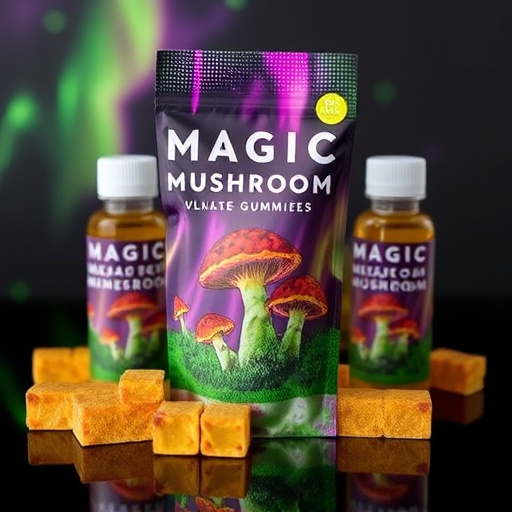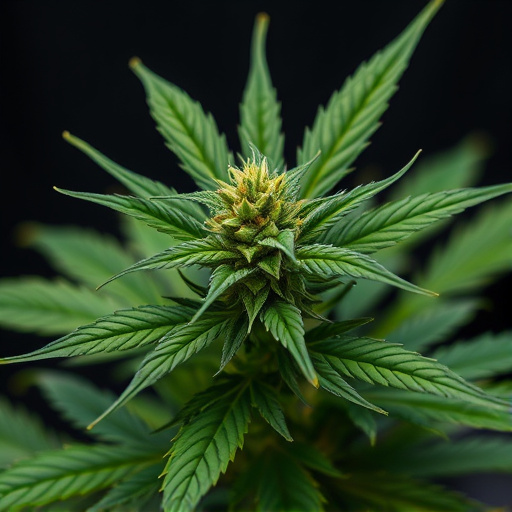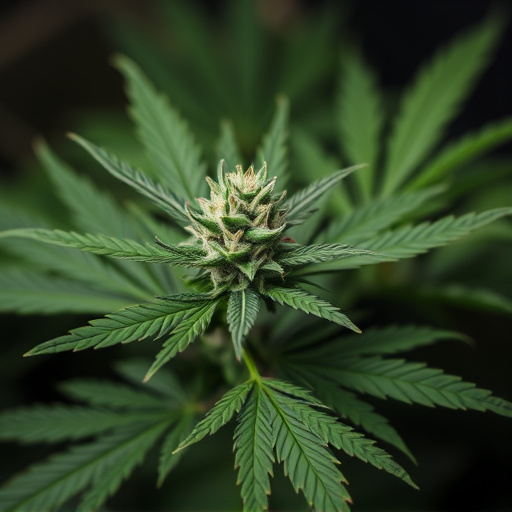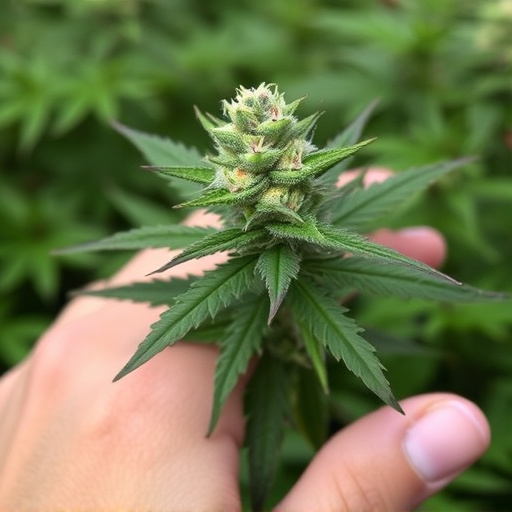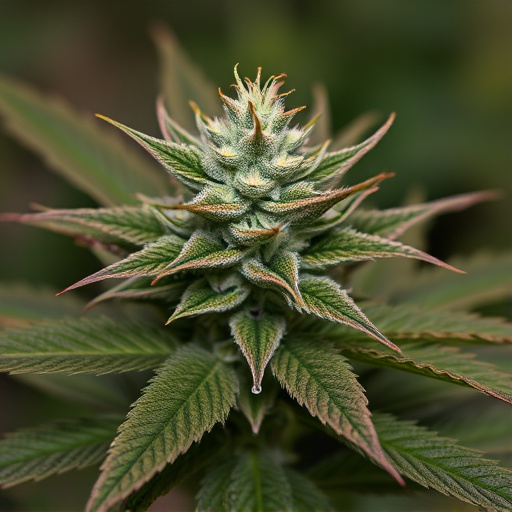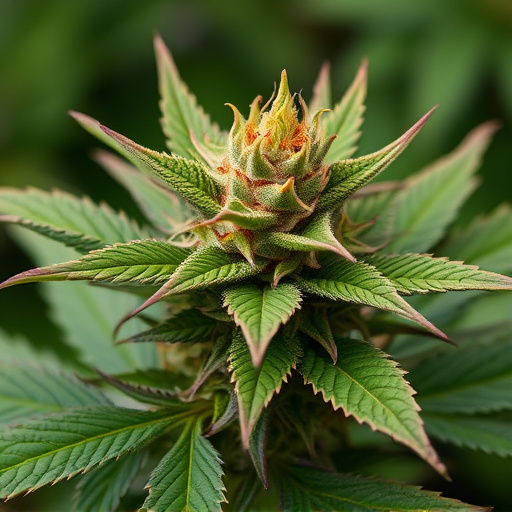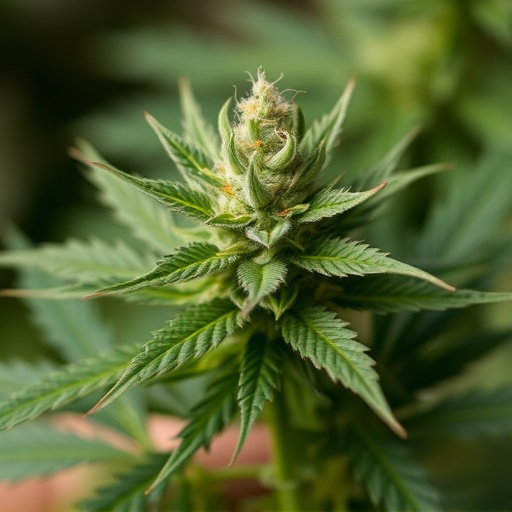Cannabis cultivation methods significantly affect plant characteristics and potential therapeutic benefits, especially for fibromyalgia. Indoor growing provides control over light, temperature, humidity, and nutrition, leading to fast-growing, high-resin plants with potent effects suitable for managing chronic pain and inflammation. Outdoor cultivation leverages natural elements, resulting in slower growth but broader terpene profiles and unique chemical compositions catering to specific medicinal needs. Understanding these differences is vital for patients seeking cannabis strains for fibromyalgia relief, as each method produces distinct strains with varying effects based on their CBD and THC content.
Unraveling the differences between indoor and outdoor cannabis flowers is essential for those seeking relief from fibromyalgia. This article delves into the unique characteristics of each growth method, focusing on how they impact cannabis strains best suited for managing fibromyalgia symptoms.
We explore the benefits and considerations of both indoor and outdoor cultivation, shedding light on specific cannabis strains that can provide substantial relief. By understanding these distinctions, consumers can make informed choices to tailor their treatment to their needs.
- Understanding Indoor and Outdoor Cannabis Growth
- Characteristics of Indoor-Grown Cannabis for Fibromyalgia Relief
- The Benefits and Considerations of Outdoor Cannabis Strains for Fibromyalgia Management
Understanding Indoor and Outdoor Cannabis Growth
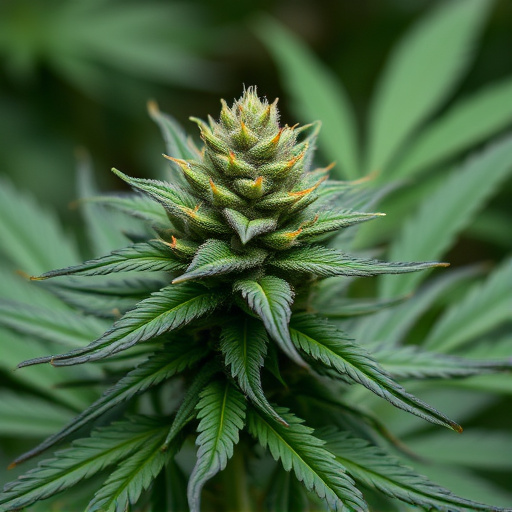
Cannabis cultivation techniques play a significant role in shaping the final characteristics of the plant, including its therapeutic potential for conditions like fibromyalgia. Understanding the difference between indoor and outdoor cannabis growth is essential for enthusiasts and patients alike who seek specific strains for relief from chronic pain and other symptoms.
Indoor growing involves controlling various environmental factors within a dedicated space, allowing cultivators to optimize light cycles, temperature, humidity, and nutrition. This method results in fast-growing plants with high resin content, often yielding cannabis strains known for their potent effects. In contrast, outdoor cultivation relies on natural sunlight, air, and soil, leading to slower growth but offering a broader range of terpene profiles and potential medicinal benefits. Cannabis strains grown outdoors may exhibit unique chemical compositions that cater to specific needs, such as providing relaxing or invigorating effects, which are increasingly sought after by those looking for cannabis to manage fibromyalgia symptoms.
Characteristics of Indoor-Grown Cannabis for Fibromyalgia Relief
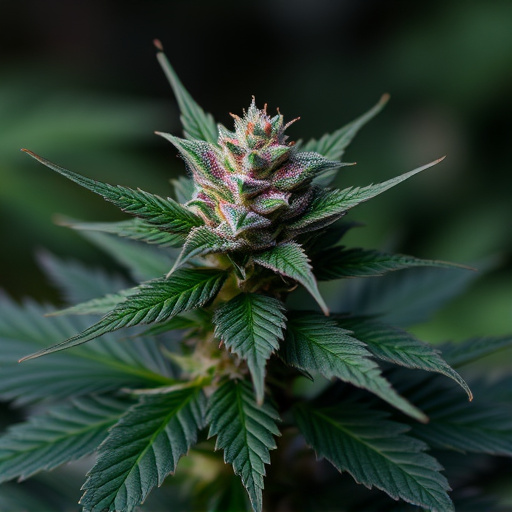
Indoor-grown cannabis offers a unique set of characteristics that can make it particularly effective for managing fibromyalgia symptoms. Due to meticulous control over environmental factors like light cycles, temperature, and humidity, indoor cultivation allows for precise breeding and selection of specific cannabis strains for fibromyalgia relief. These carefully cultivated plants often boast higher cannabinoid concentrations, with THC levels that can provide potent pain management effects without causing excessive anxiety or paranoia—common side effects in some outdoor-grown varieties.
Additionally, the lack of environmental stressors encountered outdoors, such as harsh sunlight and potential contamination from pollutants, means indoor cannabis is often cleaner and purer. This purity can translate to a more consistent experience for patients seeking relief from fibromyalgia’s chronic pain and inflammation. Moreover, the ability to closely monitor growth stages enables cultivators to harvest at optimal times, maximizing both potency and therapeutic benefits, making indoor-grown cannabis a preferred choice for those looking for effective and reliable treatment options among cannabis strains for fibromyalgia.
The Benefits and Considerations of Outdoor Cannabis Strains for Fibromyalgia Management
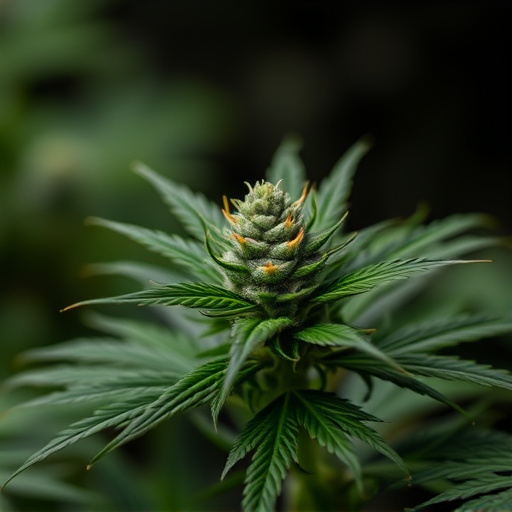
Outdoor cannabis strains have unique benefits when it comes to managing fibromyalgia, offering a natural approach to alleviating symptoms. One of the key advantages is their higher levels of CBD (cannabidiol), a compound known for its anti-inflammatory and analgesic properties. These properties can significantly reduce chronic pain, muscle spasms, and inflammation often associated with fibromyalgia. Additionally, outdoor strains tend to have lower THC (tetrahydrocannabinol) content, which may be beneficial for users seeking to avoid or minimise the psychoactive effects of cannabis.
Considerations for cultivating or selecting outdoor cannabis strains for fibromyalgia include climate suitability, as these plants require specific growing conditions to thrive. They often mature later in the season and may need protection from early frosts. Outdoor growers should also ensure proper spacing to allow for adequate air circulation, preventing the spread of diseases. Many patients find that specific strains known for their balancing effects, such as those with a 1:1 CBD-to-THC ratio, are particularly effective in managing fibromyalgia symptoms, providing both pain relief and cognitive clarity.
Whether opting for indoor or outdoor-grown cannabis, understanding these distinct growth methods can empower individuals with fibromyalgia to make informed choices. Both approaches offer unique benefits tailored to specific needs. Indoor cultivation provides controlled environments ideal for precise treatments, while outdoor growing yields strains with potential enhanced terpene profiles and higher CBD levels. For managing fibromyalgia symptoms, exploring various cannabis strains, grown either indoors or outdoors, can help patients discover their most effective treatment option.

